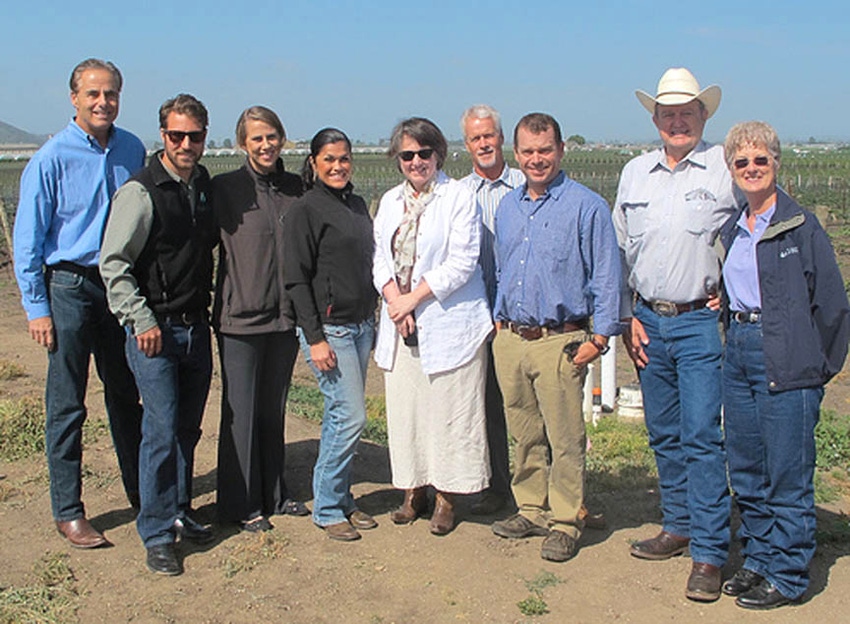
Strawberry fields forever in California
I left the Pajaro Valley, certain that Richard Casale, our NRCS District Conservationist, and his team, are doing good work. Now my only challenge was to explain to my 11 year old son, Seamus, who eats berries daily, why he didn’t get to come along on such a great trip.
May 29, 2012

Last Friday I visited Watsonville, Calif. As people know, I like to get outside the Beltway and visit with people to see how USDA programs are working. My first stop was Driscoll’s Cassin Ranch, the site of the company’s plant breeding program. We had a roundtable discussion about the many water management challenges faced in the Pajaro Valley watershed.
The Pajaro Valley aquifer, like too many others, is over-drafted and saltwater is intruding into the groundwater. But action is being taken. The Pajaro Valley Community Water Dialogue, a multi-stakeholder forum, is engaged in a series of managed aquifer recharge projects. Not only does Driscoll’s participate in the Dialogue, but on its own, the company is also creating a new water monitoring process that is sure to improve irrigation efficiency amongst its growers. Following our roundtable, I joined Carmela Beck (to my left) and others on a tour of the Bokariza recharge project. Carmela is a member of the USDA National Organic Standards Board and is the manager of Driscoll’s national organic program.
Our next stop was the Alvarez Farm, a 22 acre operation that was primarily berries, but other vegetables were grown as well. I must say I tried one of the best fava beans I have ever tasted. Manuel Alvarez speaks little English, but that was no problem since Sacha Lozano translated for us. Sacha works for the RCD of Santa Cruz and is supported, in part, by a grant from the USDA Office of Advocacy and Outreach. My Natural Resources Conservation Service (NRCS) team has been working closely with the Alvarez family and the Santa Cruz RCD to improve conservation on this farm, which includes a challenging hillside slope. This visit gave me an opportunity to learn more about the needs of limited resource Hispanic farmers in the region, and convinced me that we must do more to translate our terrific NRCS conservation materials into Spanish.
I left the Pajaro Valley, certain that Richard Casale, our NRCS District Conservationist, and his team, are doing good work. Now my only challenge was to explain to my 11 year old son, Seamus, who eats berries daily, why he didn’t get to come along on such a great trip.
You May Also Like



